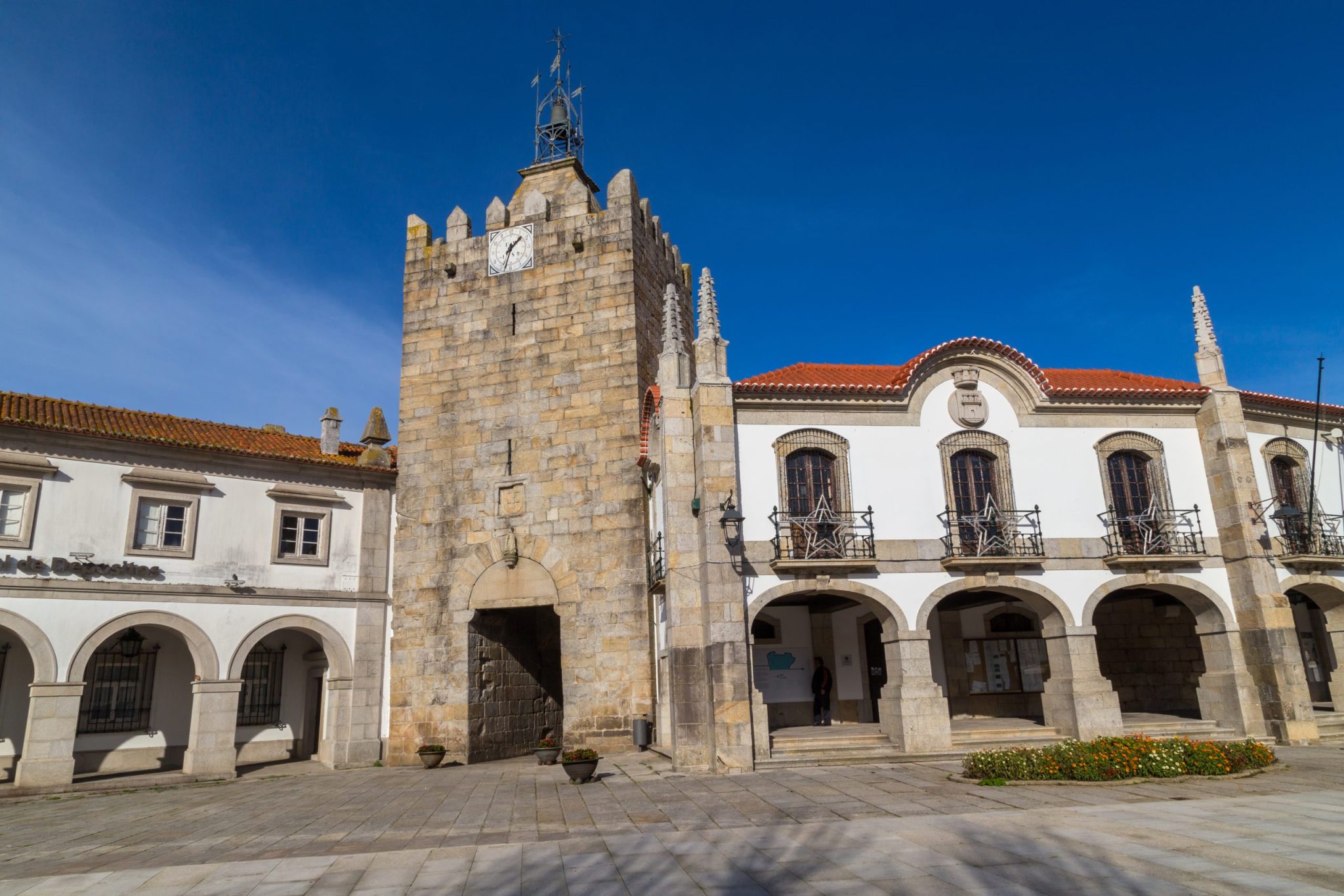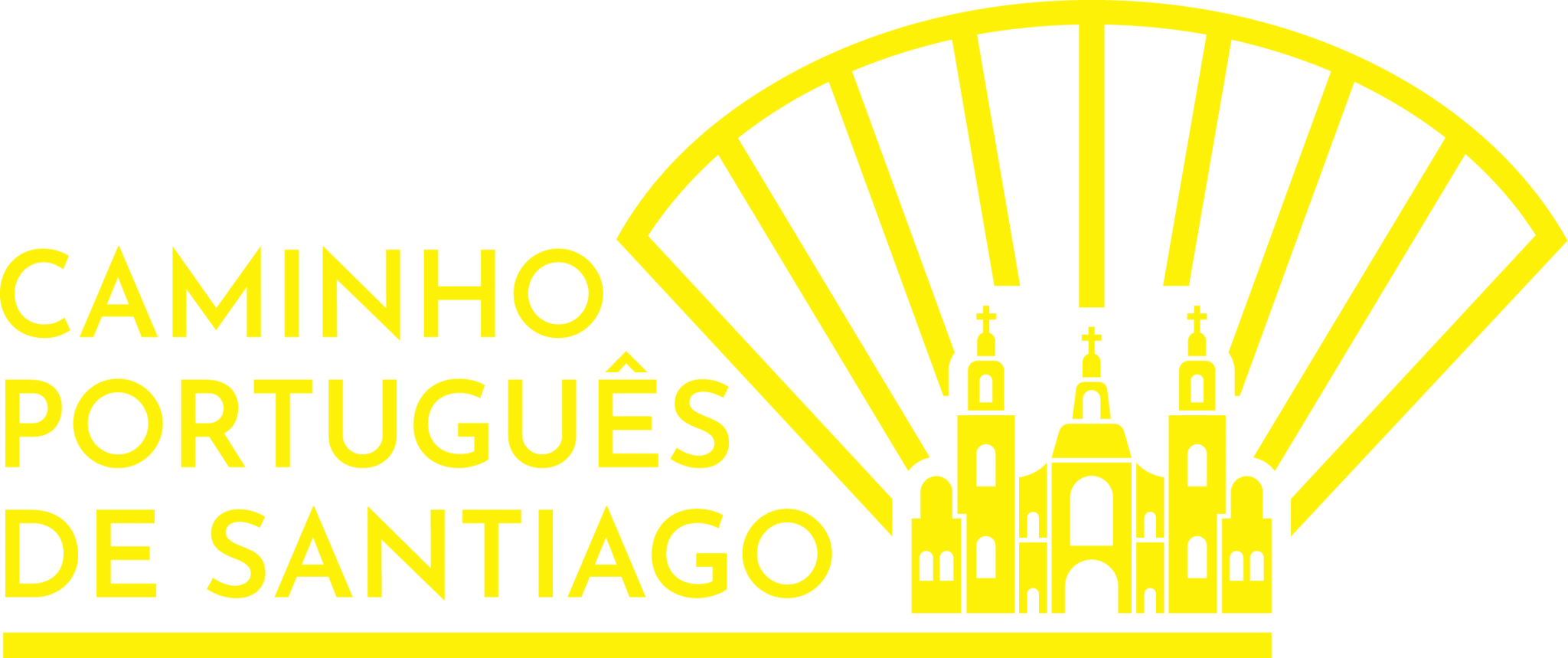The Associação dos Amigos do Caminho de Santiago de Viana do Castelo

This article has a mission: to let you know about the fantastic Jacobean organization we chose to support with 50% of the profits from the sale of our Social Calendar: the Associação dos Amigos do Caminho de Santiago de Viana do Castelo.
The Association of Friends of the Way of St. James of Viana do Castelo, in its action, made the Portuguese Way of the Coast, which was to be rediscovered for centuries, reborn. It was their effort and dedication to the pilgrimage cause that led them to study and search for information that was thought to have been lost over time. They sought to signpost the route, obeying the centuries of history and with the safety of the pilgrim always in mind. They have greatly contributed to raising awareness in the community about the dynamics associated with the Jacobean route. In this way, we hope to be able to convey their value in these words that seem short to express the admiration we have for each of the people who make up the group that gave new worlds to the trajectory of the Coast.
When we conceived the 2023 Social Calendar of the Portuguese Way of Saint James, they were our first choice. Do you want to get to know these enthusiasts of the ancient trail and understand why they were the chosen ones?
Read this article to the end!
Who is the Associação dos Amigos do Caminho de Santiago de Viana do Castelo?
The Associação dos Amigos do Caminho de Santiago de Viana do Castelo, or AACS – Viana as it is also known -, is a Jacobean group created by pilgrims. As such, all its actions serve the people who venture along our wonderful path.
Born, as the name suggests, in Viana do Castelo, it was in 2004 that this institution became official. Its mission is to bring more people the experience of “Being a Pilgrim” and simultaneously promote the Portuguese Way.
Few do this as well as the protagonist of this article.
Not only is its history intimately and deeply linked to the Portuguese Way of the Coast as we know it today, but it is also responsible for running one of the pilgrim hostels that best represents the spirit of this adventure through Portuguese territory.
The history of the Association.
The chronology of AACS goes step by step with the development of the Way to Santiago in Portugal. This is because scholars and other lovers of this adventure have rediscovered these ancient paths after years without much expression. Together, they have unraveled the trail and infrastructures left by ancient pilgrims, uncovering all the evidence.
In Spain, this was the case with Father Elias Valinã’s research, released in the 1970s. Encouraged by the priest, who marked the famous yellow arrows, this pioneering impulse revived enthusiasm for the millenary route.
However, the associations were also crucial in this joint reconstruction. For example, in Portugal, in order to give a new life to the Way to Santiago, which today we know as Central, three Santiago associations joined together in 2002: AACS – Norte de Portugal, AGACS Asociación Galega Amigos do Camiño de Santiago and AVACS Associação de Valença dos Amigos do Caminho de Santiago. They have finished in 2006 to mark the route that leaves Lisbon and goes through the center of Portugal .
Imbued with determination, in the year of the Euro soccer championship in our country, a group of experienced pilgrims created the Associação dos Amigos do Caminho de Santiago de Viana do Castelo.
The goals were simple: to make the route in Lusitanian lands grow, and explore a mysterious path in the Northern Coast. This one had documentation and bibliography, however, the fundamental was missing: identify, signalize, and publicize the Portuguese Way of the Coast.
And that is what they did between 2005 and 2010. In these 5 years they introduced the yellow arrows along the seaside route, to ensure a guided experience on the historical route. On their side was history and the marks it leaves on the territories, which are visible to the naked eye by the various religious buildings and monuments found along the route, such as monasteries and churches.
The Portuguese Way of the Coast.
The true Portuguese Way of the Coast is regularly mistaken by its modern variation, the Senda Litoral. Although the latter is a lively and uniquely beautiful crossing, Galicia quickly realized the added value of the route if joined to the Way to Santiago and promoted it as a path. Galiza que rapidamente percebeu a mais-valia do roteiro ser inserido no Caminho de Santiago.
But that’s not all, since the Lusitanian route suffers from its own beauty. The local authorities have distorted the millennial route that pilgrims have trodden for centuries by creating footbridges and building close to the sea.The Camino de Santiago is in its genesis a historic Christian pilgrimage route. Its original layout must naturally always have been associated with Roman and/or medieval roads, churches, convents, shrines, cruises, palaces, among other religious representations. What happens today is that we see new routes being born out of these natural indicators of the Way.
However, one only has to have common sense to understand that it would not make sense for the pilgrims of old to make the effort to cross the water flow between Caminha and A Guarda.
First, it was an added difficulty on a journey that was already dangerous in itself. Second, the people making the sacred stretch wanted to reach their destination quickly. In other words, they were not going to add days to their journey by walking backwards.
So, to follow the Portuguese Coast route you should leave Porto and follow it until São Pedro de Rates. Then, turn towards the ocean, passing through towns like Fão, Esposende, and Marinhas. It is on this trail that you will find the oldest reference to the Way to Santiago in Portugal. In Castelo do Neiva, in the town’s parish church, there is an evocation, dated 862, to Santiago. It was found during restoration work on the building, and the record is by D. Nausti, former bishop of Coimbra. For those who live the sacred stretch, it is an obligatory place to visit.
In Caminha, keep walking through the national territory. Advancing with the company of the river, you can stop in Vila Nova de Cerveira and in Valença do Minho where you will find the Central Way again.
The Hostel of Caminha.
Back to our protagonists. With the signposting complete, they accomplished part of the initial objective. So now it was time for a new phase. This came in 2012, with the City Council and the Santa Casa da Misericórdia de Caminha inaugurating the Pilgrims’ Hostel in this town, with 32 beds. The management, led by our favorite association, continues to energetically animate the space with the pilgrim spirit typical of those journeying to Compostela.
3.5
Therefore, the Albergue de Caminha is special because people, with their work, have made it by recovering an important route and treating it as a treasure shared by all. So, when you approach the white doors that make up the entrance, you have a feeling of coming home.
Here, pilgrims dine together, sing and form lifelong friendships. If you pass through the town bordering the sea, you know that here you will receive a warm welcome from the volunteers who do an excellent job as hospitality and pilgrim conversation facilitators.
Enjoy!
The Social Calendar of the Portuguese Camino de Santiago.
So now you should understand why we have a special affection for this association. We chose them for our calendar because of their excellent work over the years. Buy it here!
To help it, 50% of the profits from the sales of our community calendar will go to AACS. With this money, the association will undertake a new adventure. Rediscovering the fantastic Northern Path, just as they did with the Coastal Path. This ancient crossing is somewhere between the central route and the coastal route. With your help, they will be able to buy the yellow paint to mark the trail, pay for transport for the trips, and even feed themselves during the journey that is expected to be tough!
